Sculpting the human figure in stone is a timeless practice that bridges technical mastery and expressive artistry. Whether you’re a beginner exploring the basics or a seasoned sculptor looking for new inspiration, these 10 ideas can spark your next project and help you explore the depth of the human form through the enduring medium of stone.
10 Ideas for Sculpting the Human Figure in Stone
1. The Classical Torso
Take inspiration from ancient Greek and Roman statues by focusing on a fragmented or stylized human torso. Use marble or limestone to emphasize anatomical realism and form.
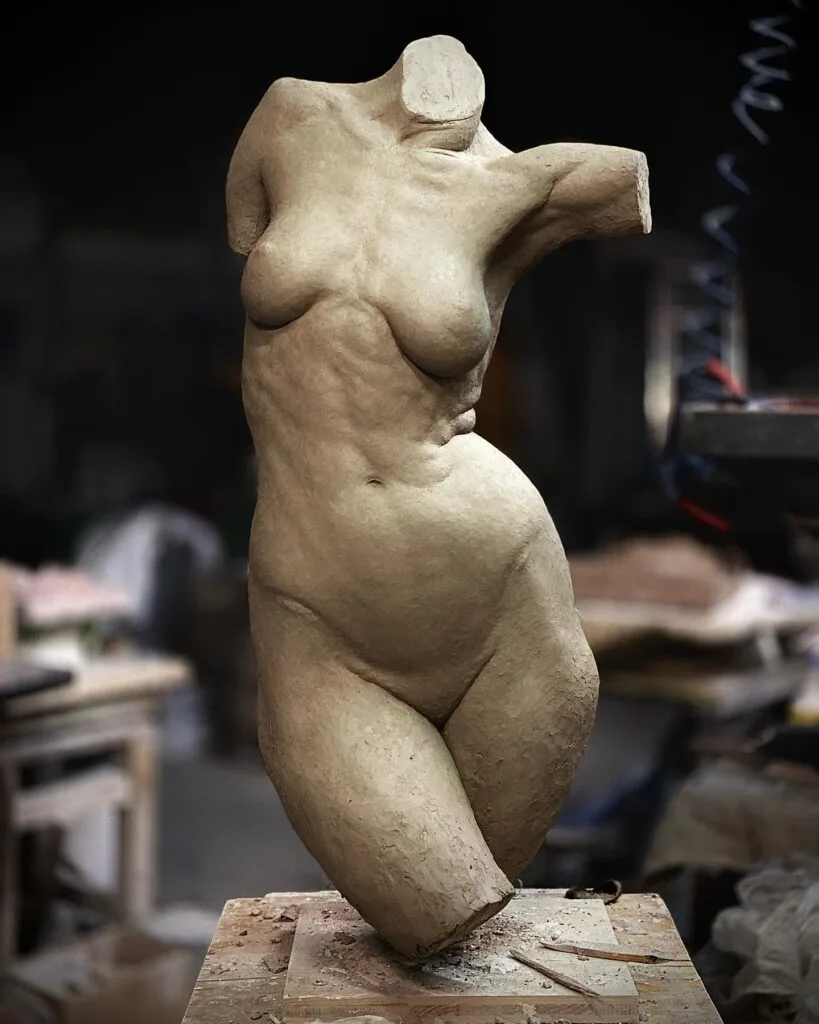
2. The Reclining Figure
A reclining pose invites natural flow and curvature, allowing the stone’s texture to mimic muscle, fabric, and posture. It’s a popular choice for larger pieces and garden installations.
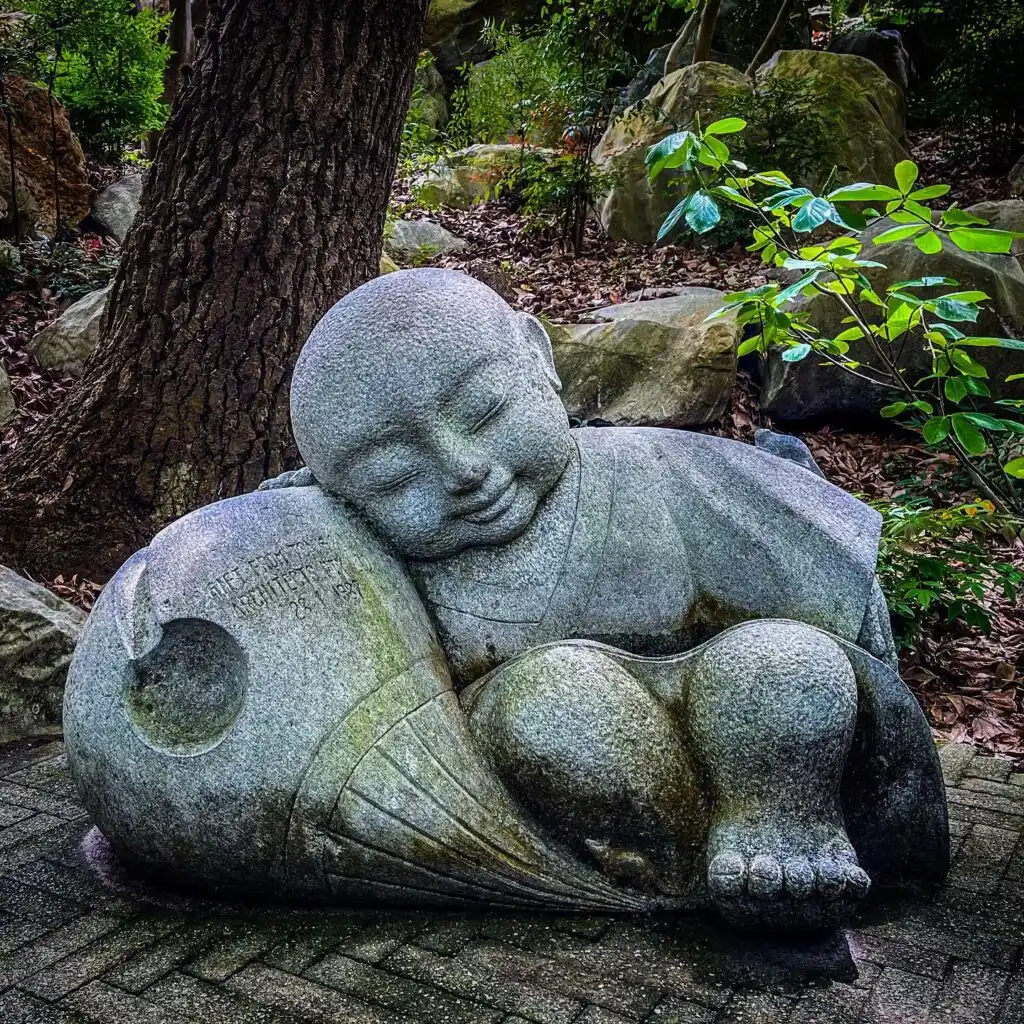
3. Hands in Motion
Hands can express emotion, action, and personality. Carving a pair of hands—clasped, reaching, or holding something—is a powerful yet focused challenge in realism.

4. Abstracted Silhouettes sculpture
For a modern twist, sculpt the human figure as a simplified or geometric form. Use dark soapstone or granite to enhance contrast and surface interaction with light.

5. The Dancer
Capture grace and movement by sculpting a dancing figure mid-pose. Limbs and posture should suggest fluidity, while your stone medium provides permanence.

6. Mother and Child
This emotional theme offers a chance to show connection and softness in a hard medium. Rounded lines and close forms often communicate intimacy in the composition.
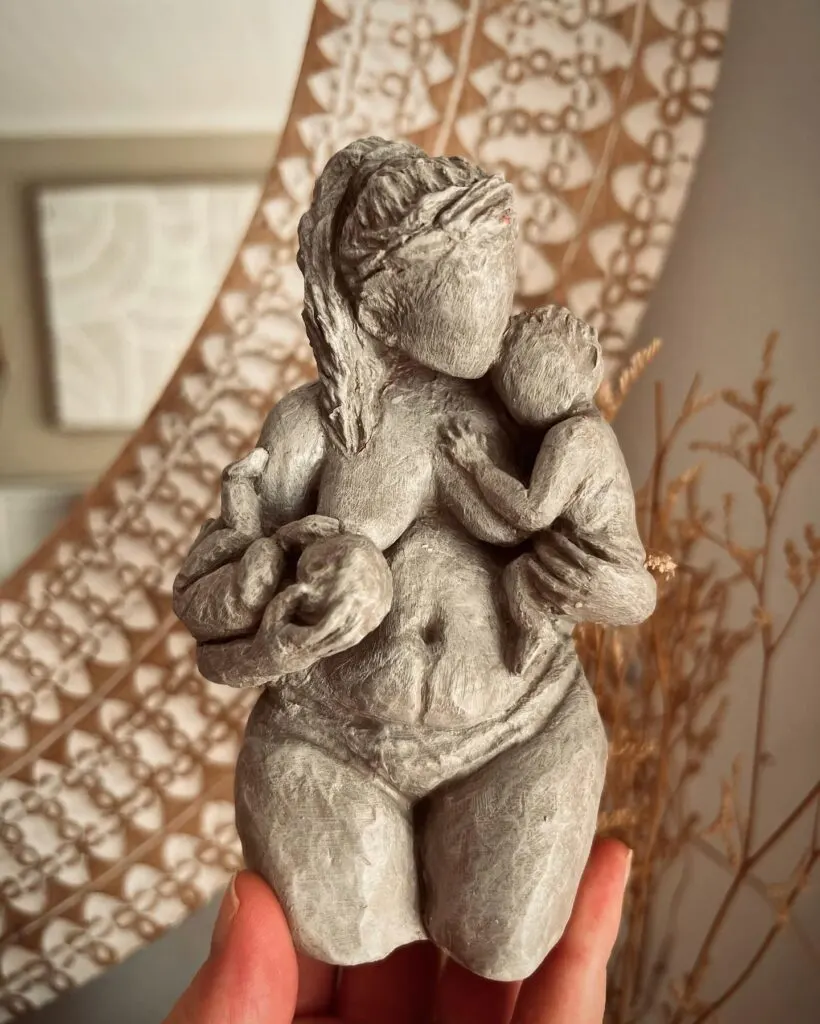
7. Eroded Figures
Use natural erosion or deliberate texturing to mimic age or decay. This approach allows exploration of time and mortality through stylized human forms.
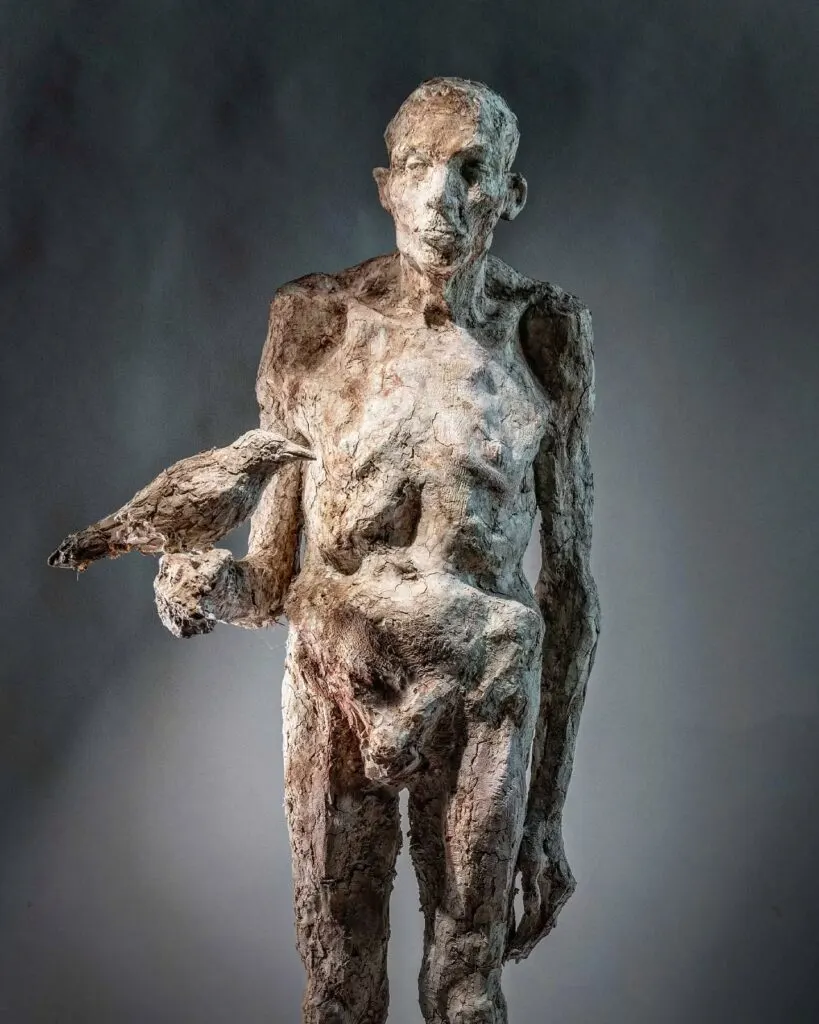
8. The Heroic Bust
Create a dramatic bust that emphasizes expression, character, or power. Perfect for commemorative works or personal portrait studies, especially in alabaster or marble.
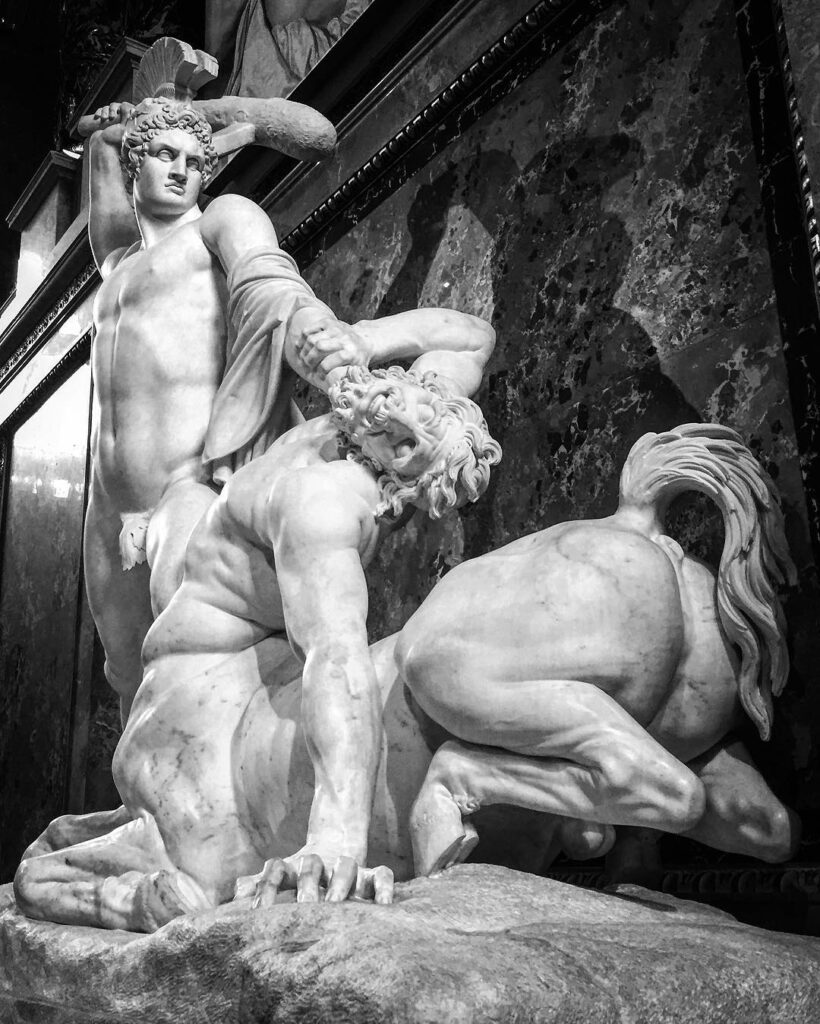
9. Minimalist Figures
Less is more—consider carving only the suggestion of a human form. This approach can be meditative and concept-driven, suitable for soapstone or soft limestone.
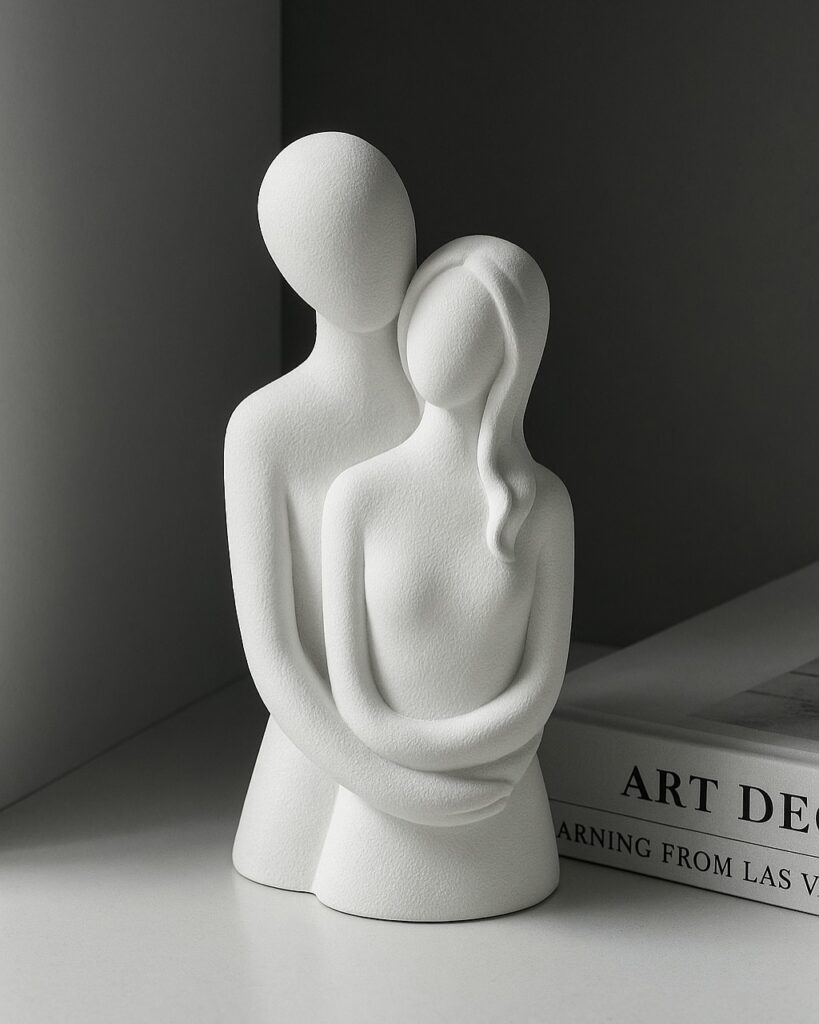
10. Figures Emerging from Stone
Let the human figure partially emerge from the raw block, suggesting a transformation or rebirth. This blend of raw and refined showcases both process and concept beautifully.
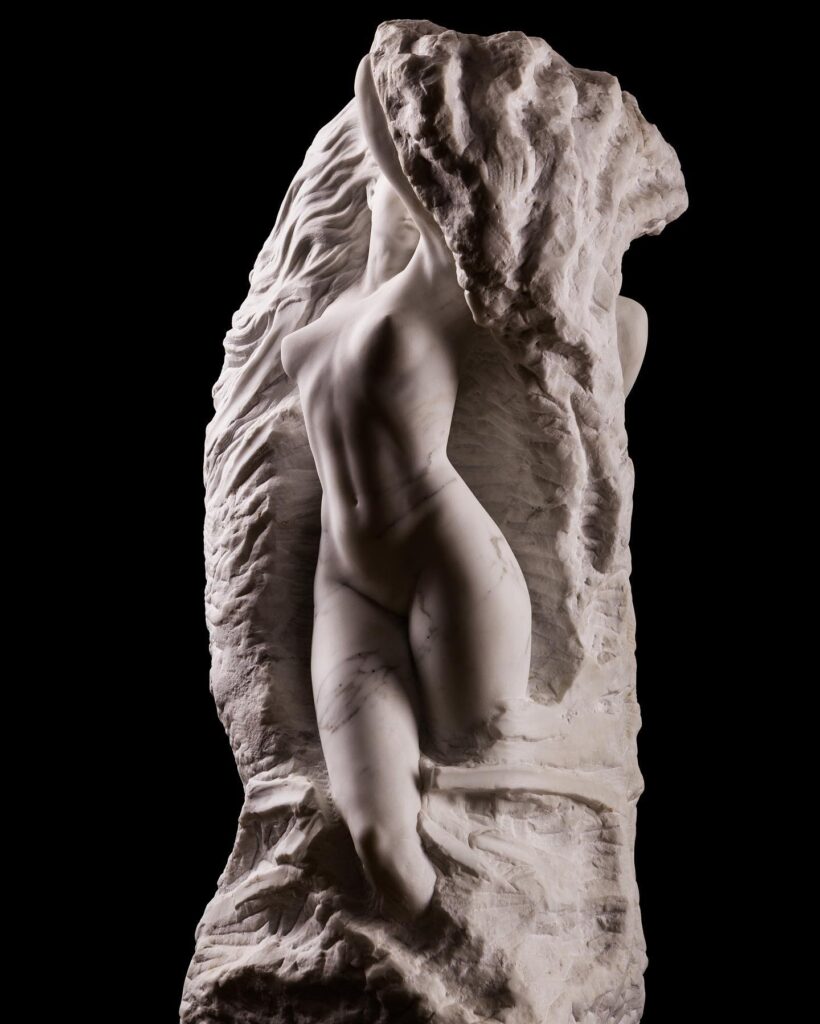
Also check out more artistry ideas to nurture and broaden your skills, creativity and imagination:
10 Beautiful Pottery with Clay Ideas
10 Creative and Exceptional Card Making Ideas
Captivating Mason Jar Painting Ideas with a Touch of Art
10 Simple Yet Intriguing Bean Mosaic Art Ideas for Kids and Beginners
Tips for Sculpting the Human Figure in Stone
Polish Selectively
Use polished finishes to highlight focal points (like the face or hands) and leave other areas rough for contrast and texture.
Start with Sketches or Clay Models
Before touching stone, create multiple sketches or a small-scale clay model to plan proportions and pose.
Choose the Right Stone for Your Style
Use marble or alabaster for detailed realism; try soapstone or limestone for smoother, abstract forms.
Understand the Human Anatomy
Study muscles, joints, and proportions to capture realism—even if you’re working in a stylized or fragmented style.
Use the Pointing Machine or Grid Method
For precision, especially with large sculptures, consider transferring measurements using traditional pointing tools or grid techniques.
Work from General to Specific
Begin by blocking out the overall shape, then gradually refine details. Don’t start with fingers or facial features first.
Let the Stone Guide You
Pay attention to natural veins, flaws, and coloration in the stone—they can add unexpected beauty or suggest design changes.
Keep Your Tools Sharp and Controlled
Whether using chisels, rasps, or rotary tools, maintain sharpness for cleaner cuts and fewer accidents.
Incorporate Negative Space
Especially in abstract or modern designs, consider how open areas or voids enhance the sculpture’s form and light interaction.
Take Breaks to Review Your Work
Step back regularly to view the sculpture from all angles. This helps catch symmetry issues and refine the pose.
Conclusion
Whether you prefer intricate realism or conceptual abstraction, these sculpting ideas can help deepen your engagement with the human form in stone. Let the natural beauty of your material complement the stories you carve—each groove and texture reflecting not only skill, but also emotion, meaning, and the timeless connection between artist and subject. With each chisel mark, you’re not just shaping stone—you’re giving form to the human experience.
Frequently Asked Questions
Which stone is best for sculpting?
The best stone for sculpting depends on the level of detail required and the sculptor’s experience. Marble is highly prized for its fine grain and ability to hold detail, making it ideal for realistic human figures. Soapstone and alabaster are softer and easier to carve, making them suitable for beginners or abstract work. Harder stones like granite or basalt are durable but more challenging to shape.
Which materials have commonly been used to represent the human figure in sculpture?
Historically, artists have used a wide range of materials to represent the human figure, including stone (marble, limestone, granite), metal (bronze, copper), wood, clay, and more recently, synthetic materials like resin. Stone remains a classic choice for its longevity and ability to capture both realism and abstraction.
What is the art of making figures in stone?
The art of making figures in stone is known as stone sculpture or stone carving. It involves removing material from a solid block of stone to create three-dimensional forms, often representing the human figure. This ancient art form requires a blend of creativity, precision, and knowledge of tools and techniques.
What are stone sculptures called?
Stone sculptures are simply referred to as “stone sculptures” or “carvings.” Depending on their style or purpose, they may also be called statues, busts, reliefs, or monuments. The term can apply to both figurative and abstract works created through carving stone.
What artwork can be made using stone?
Stone can be used to create a wide range of artwork, including full-body statues, portrait busts, abstract forms, architectural reliefs, garden ornaments, and symbolic monuments. Artists often choose stone for projects where durability and a sense of permanence are important.

